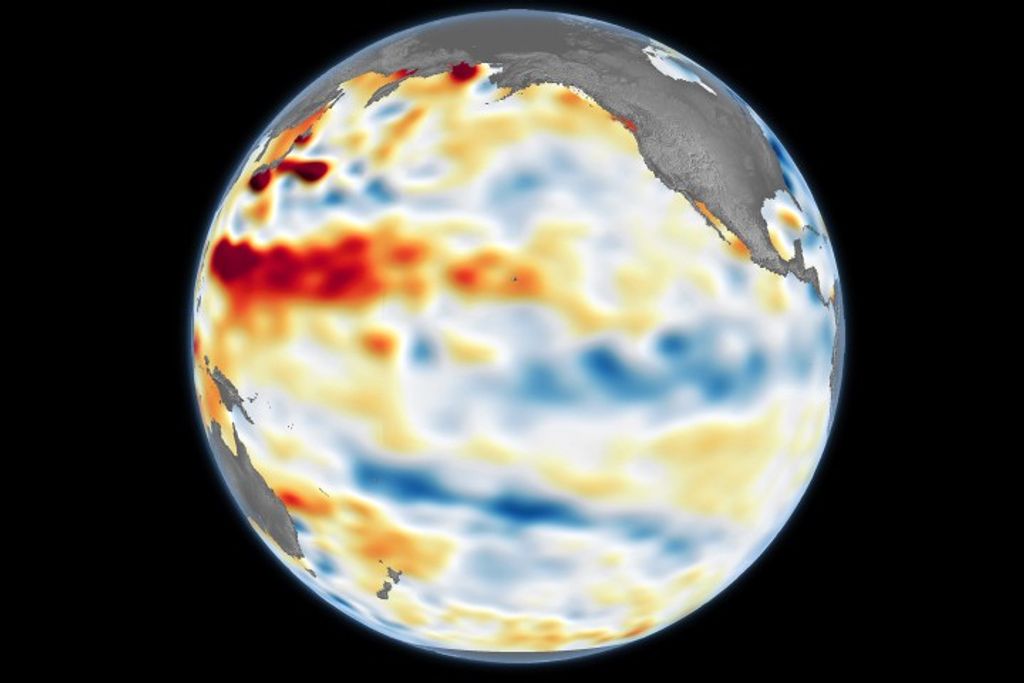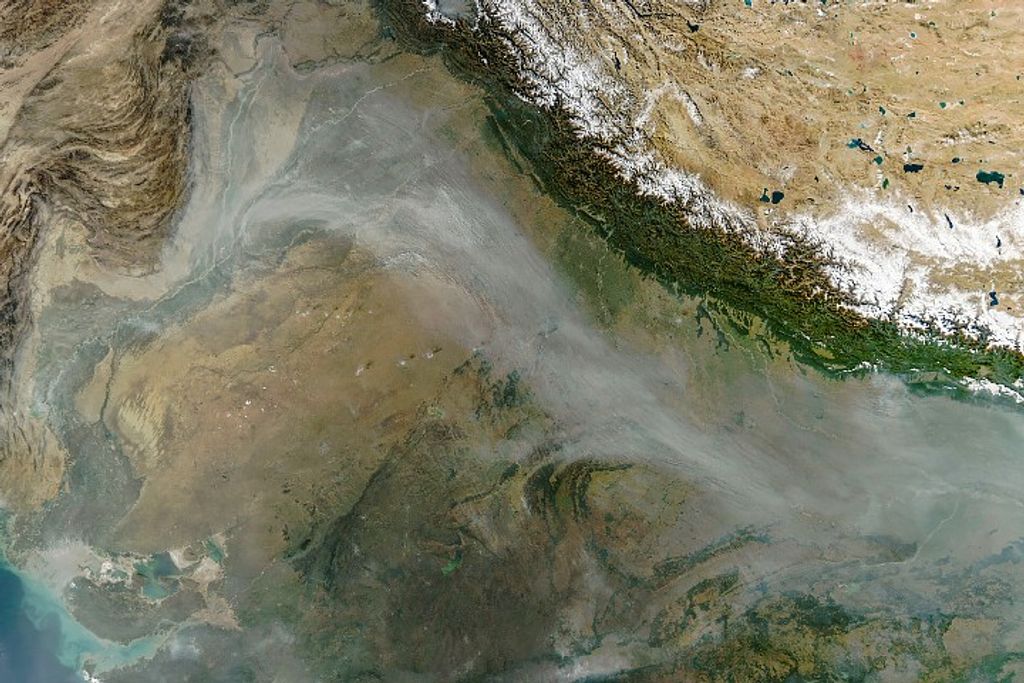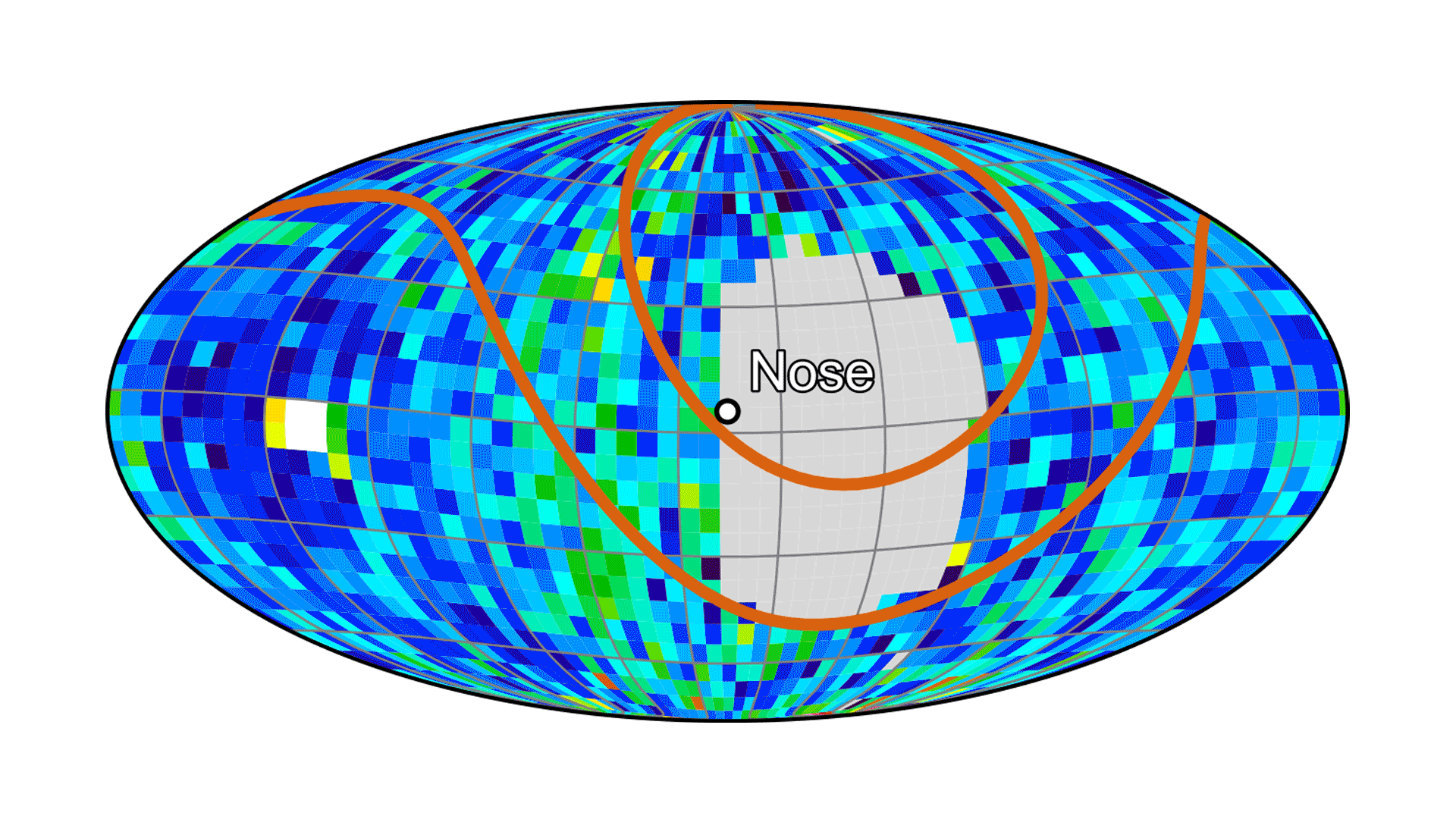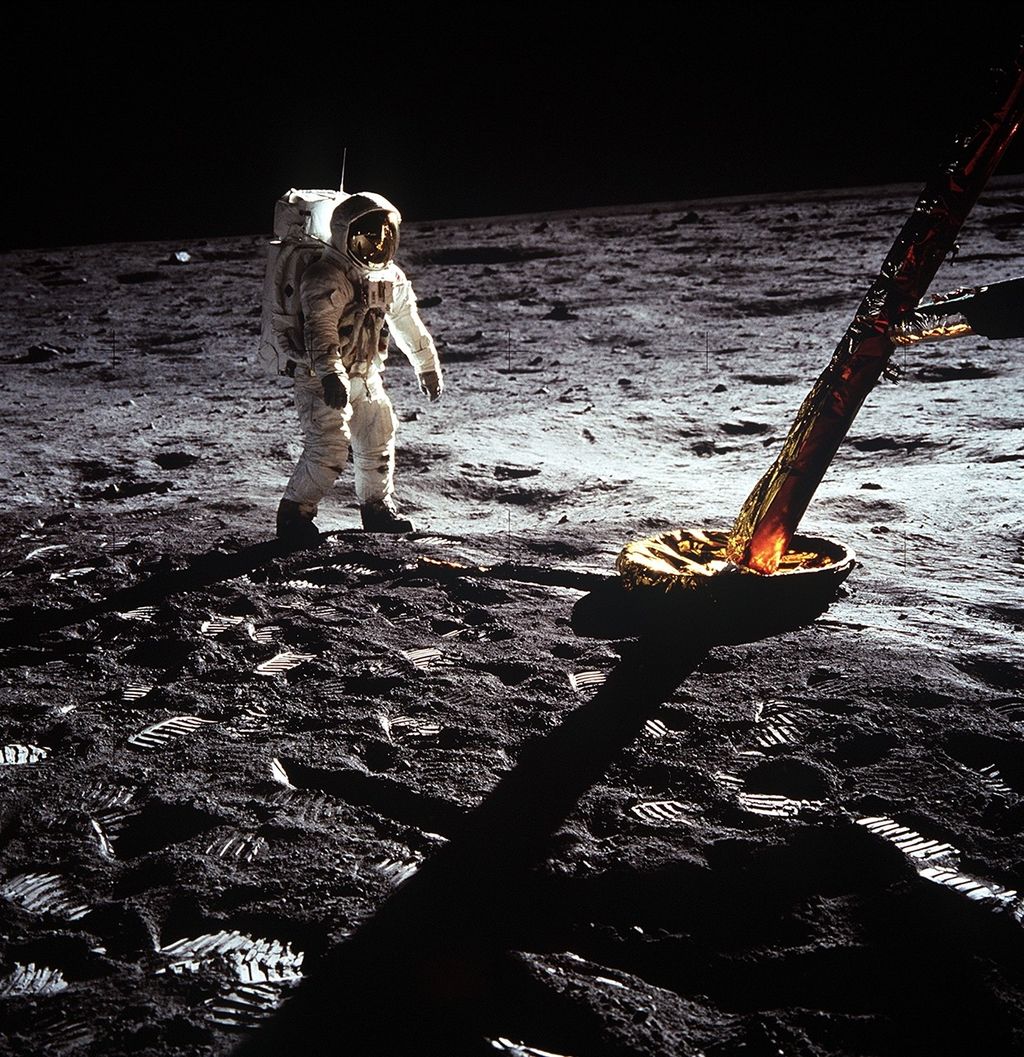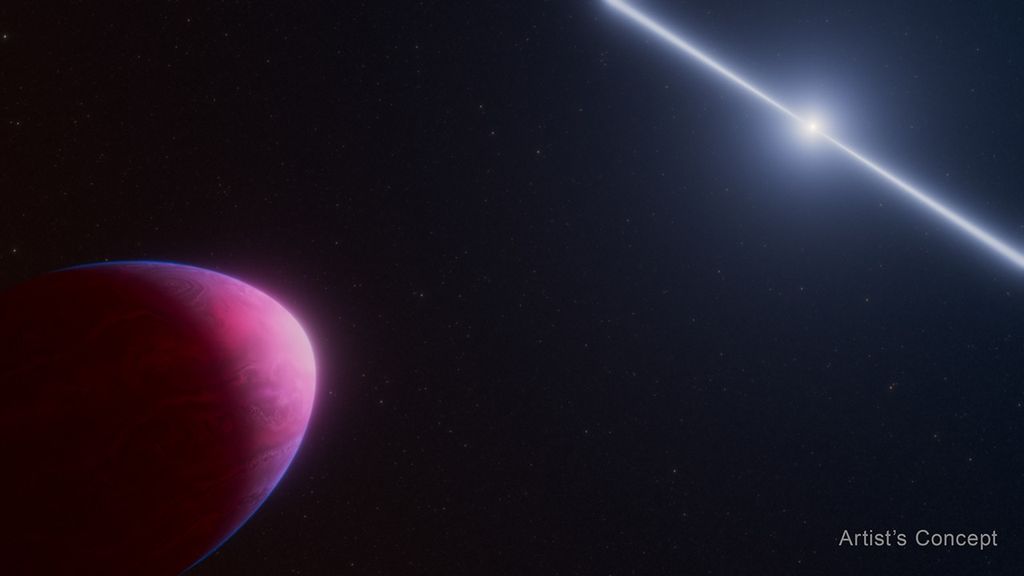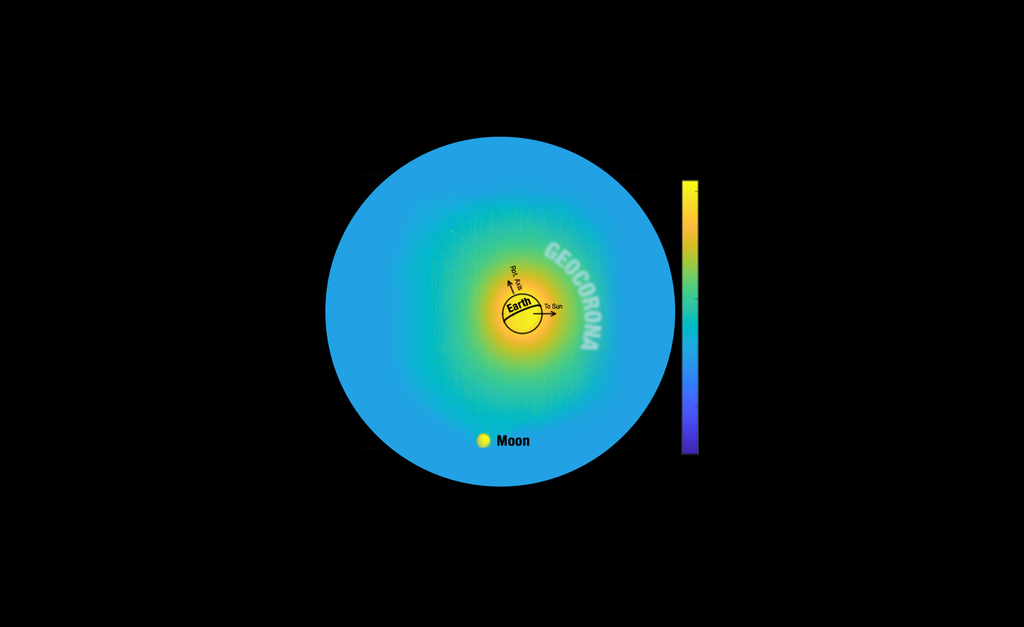RHESSI Stories
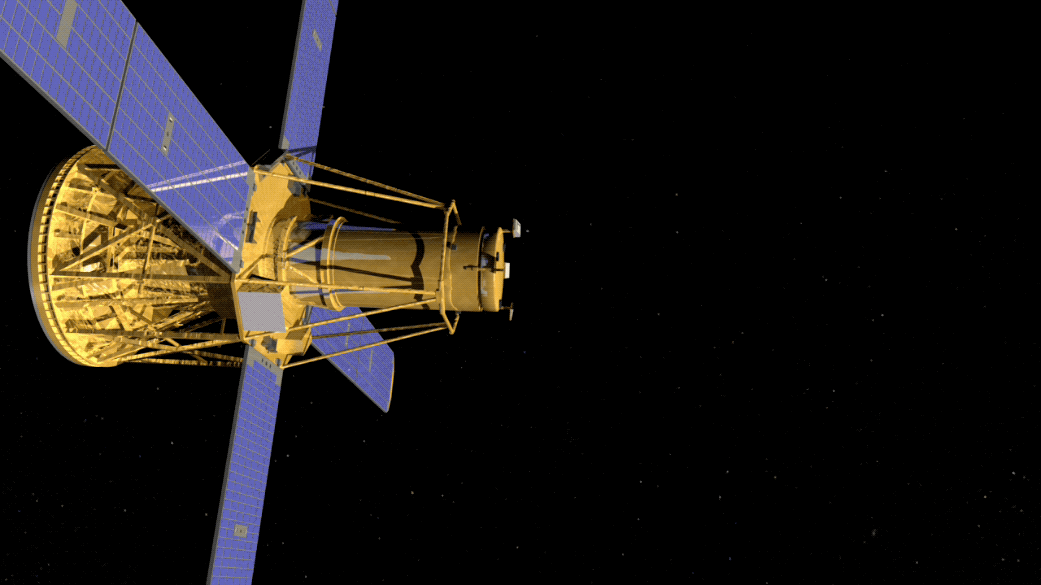
NASA Retires Prolific Solar Observatory After 16 Years
10 min read
Every morning for the past 16 years, solar physicist Säm Krucker sat down at his desk to check the latest data from NASA’s RHESSI. Had the solar observatory seen a flare overnight? If there was a new flare, Krucker, RHESSI…
Article

Day to Night and Back Again: Earth’s Ionosphere During the Total Solar Eclipse
8 min read
On Aug. 21, 2017, the Moon will slide in front of the Sun and for a brief moment, day will melt into a dusky night. Moving across the country, the Moon’s shadow will block the Sun’s light, and weather permitting,…
Article










